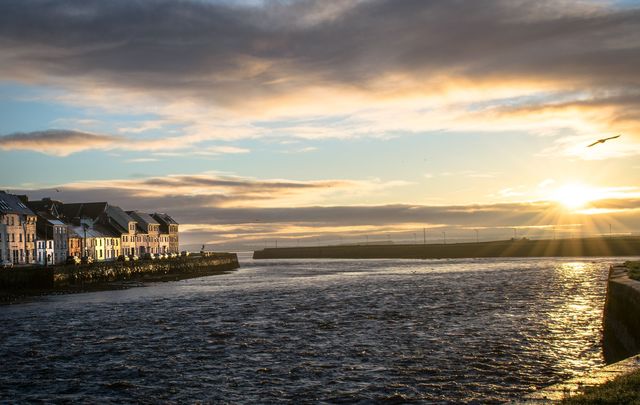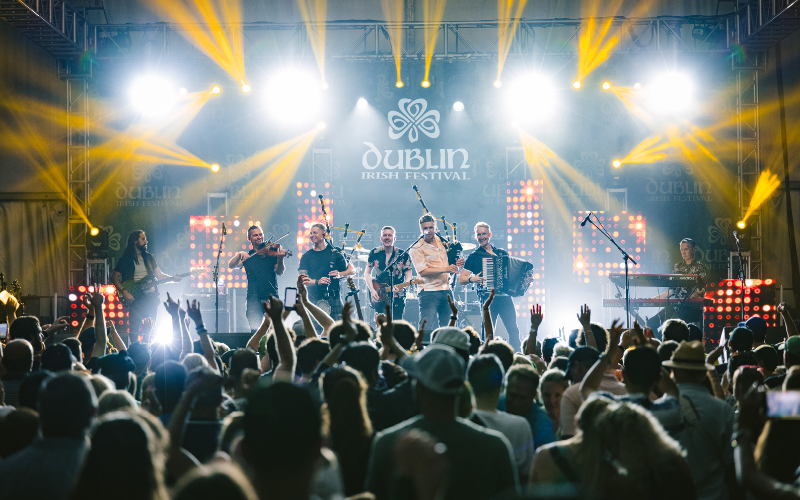Galway old and new is captured in glorious color in this 1957 Bord Fáilte (now Fáilte Ireland) tourism film produced and directed by Colm Ó Laoghaire. You won't want to miss this glimpse of old Galway.
We’ve always known that Galway is glam but now we have proof with thanks to this great 1950s tourism reel held in the Irish Film Institute’s Bord Fáilte Film Collection.
Situated on the west coast of Ireland, Galway is one of the largest cities in Ireland and boasts a complex history dating back to medieval times.
The film highlights the city’s many wonderful historic buildings and points of interest such as market days, picturesque thatched cottages, the Taibhdhearc Theatre, the Galway Blazers hunting club and the electric atmosphere at the world-renowned Galway Races.
The video below is published with thanks to the Irish Film Institute (IFI), whom IrishCentral have partnered up to bring you a taste of what their remarkable collection entails.
With kind permission of Fáilte Ireland:
In 1957, Galway's population of approximately 30,000 people. It was known for its rich cultural heritage, including traditional Irish music and dance, and its picturesque location on the Atlantic coast. The city was also home to the National University of Ireland Galway, which was founded in 1845. The economy of Galway in 1957 was largely based on agriculture and fishing, with some small-scale industry and tourism. The city had a vibrant community with a number of shops, pubs, and restaurants.
To watch more gems from Ireland’s past, visit the IFI Player, a virtual viewing room from the Irish Film Institute, giving audiences across the globe free instant access to Irish heritage preserved in the IFI Irish Film Archive. Irish Culture from the last 100 years is reflected through documentaries, animation, adverts, amateur footage, feature film and much more. Or download the IFI Player Apps for free on iPhone, Android, Apple TV, Amazon Fire TV, and Roku.
When is the last time you visited Galway? Let us know in the comments section, below.
*Originally published in March 2019, updated in 2023.




Comments